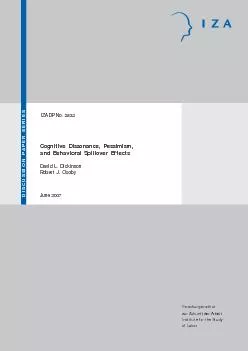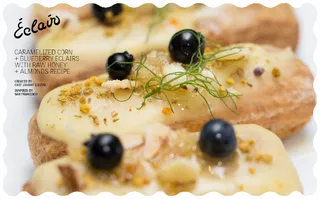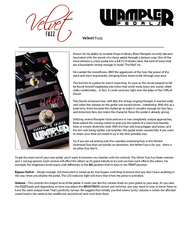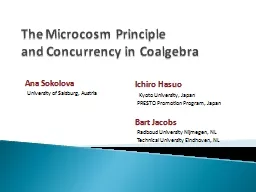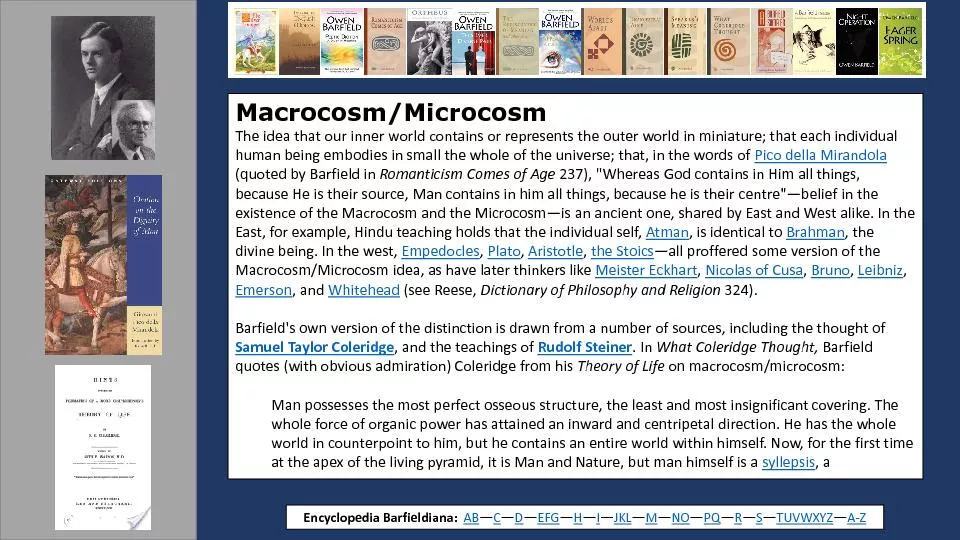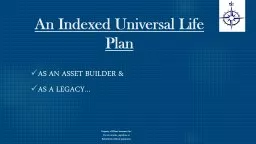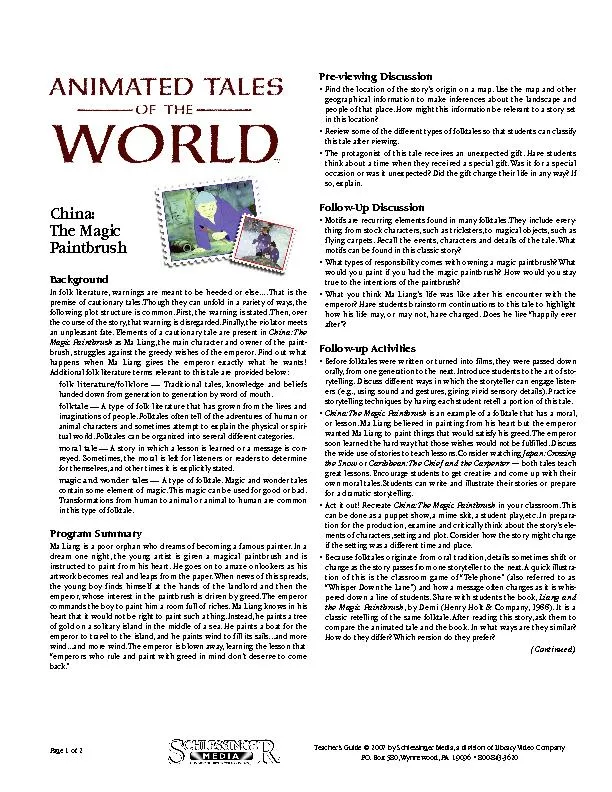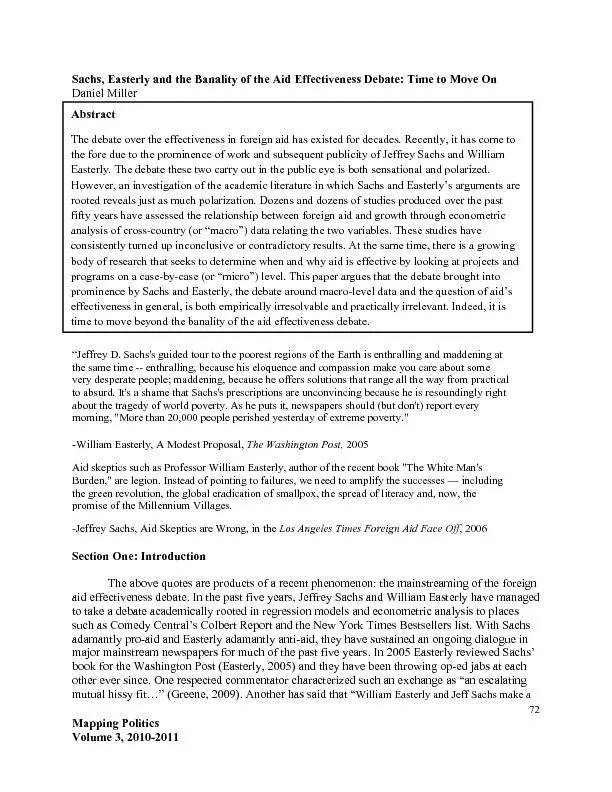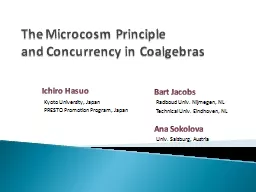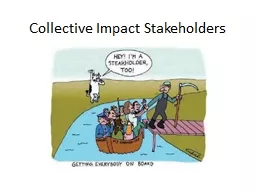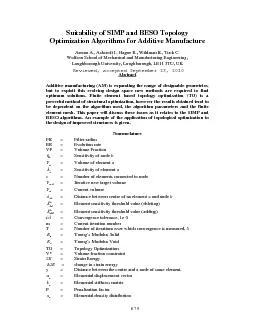PDF-are able to recreate a useful microcosm of this relationship in a simp
Author : natalia-silvester | Published Date : 2015-09-23
2 EXPERIMENTS We conducted experiments to explore the factors inducing optimism and pessimism and the associated spillover effects of induced optimism and pessimism
Presentation Embed Code
Download Presentation
Download Presentation The PPT/PDF document "are able to recreate a useful microcosm ..." is the property of its rightful owner. Permission is granted to download and print the materials on this website for personal, non-commercial use only, and to display it on your personal computer provided you do not modify the materials and that you retain all copyright notices contained in the materials. By downloading content from our website, you accept the terms of this agreement.
are able to recreate a useful microcosm of this relationship in a simp: Transcript
Download Rules Of Document
"are able to recreate a useful microcosm of this relationship in a simp"The content belongs to its owner. You may download and print it for personal use, without modification, and keep all copyright notices. By downloading, you agree to these terms.
Related Documents

